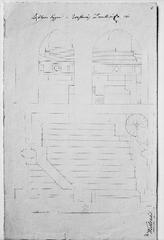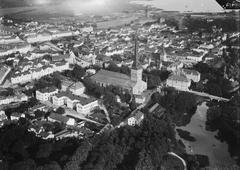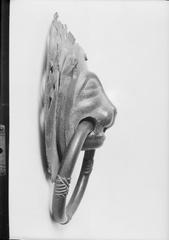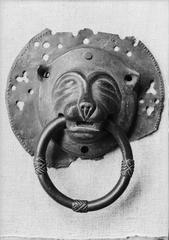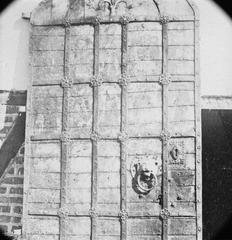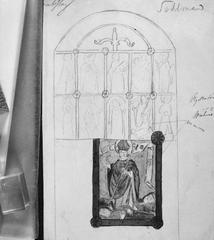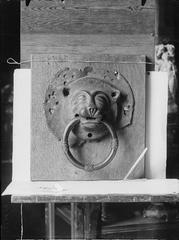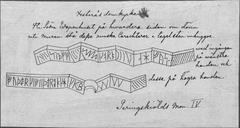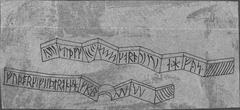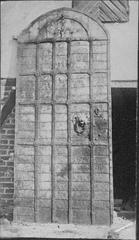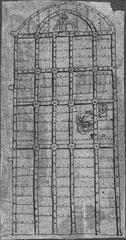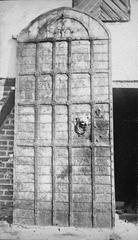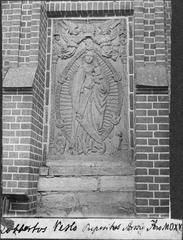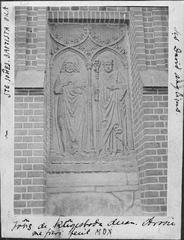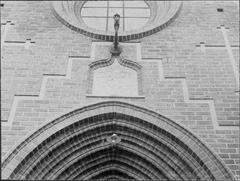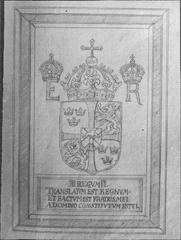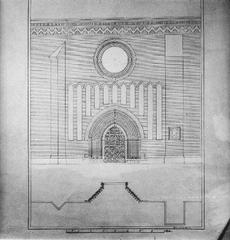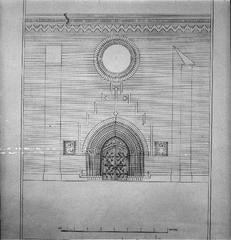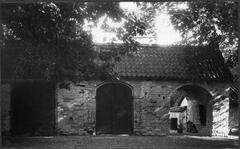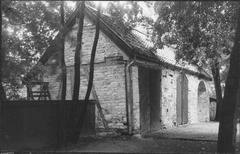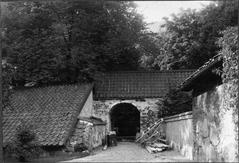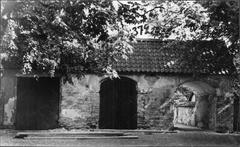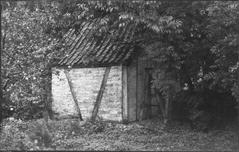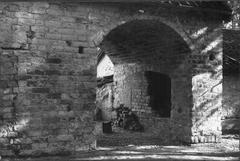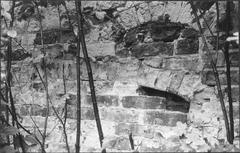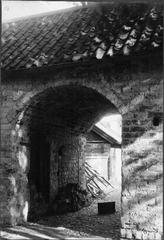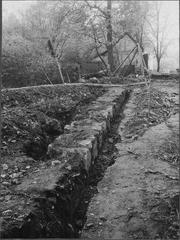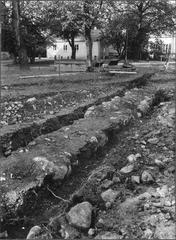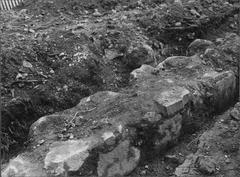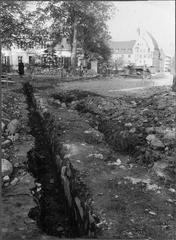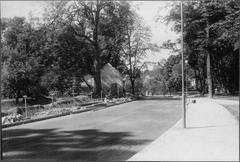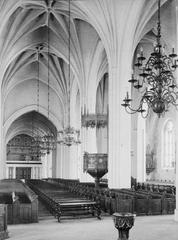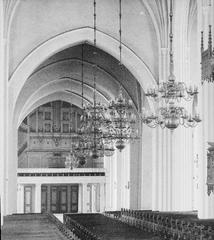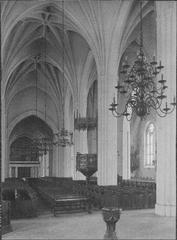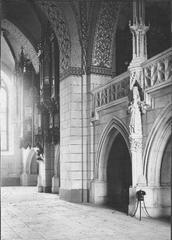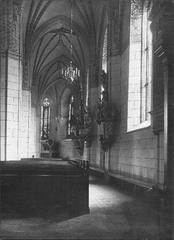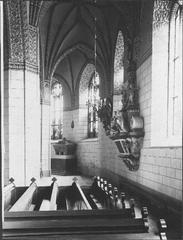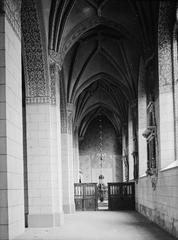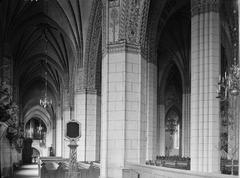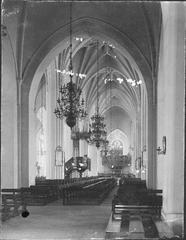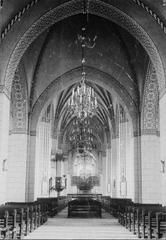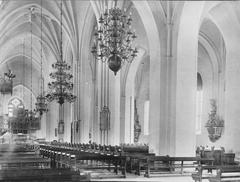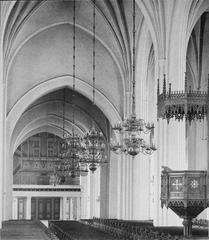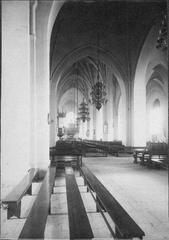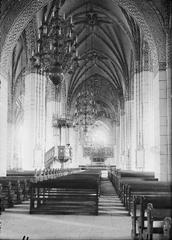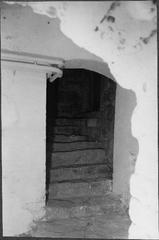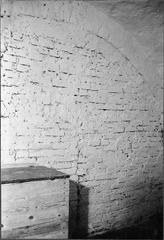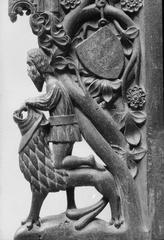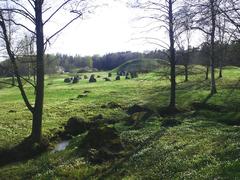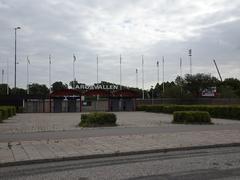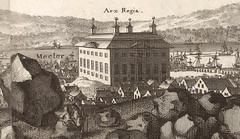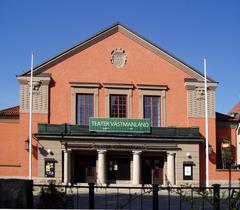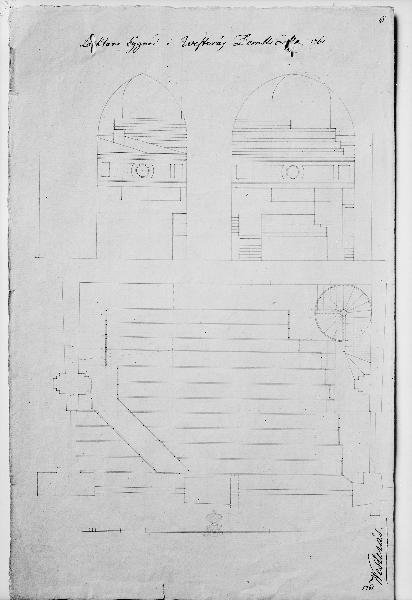
Västerås Cathedral: Visiting Hours, Tickets & Historical Significance
Date: 14/06/2025
Introduction
Västerås Cathedral (Västerås domkyrka) stands as one of Sweden’s most historically significant and architecturally impressive churches. Established in the 13th century, it serves as a living testament to the evolution of Swedish religious, artistic, and cultural life. Recognized for its Romanesque origins, remarkable Gothic transformation, and later Baroque enhancements, the cathedral is not only a center for worship but also a repository of national heritage, art, and music. Whether you are a history lover, architecture enthusiast, or a casual traveler, Västerås Cathedral offers a profound journey through centuries of Swedish history.
For more historical context and visitor information, see Wikipedia, the Västerås Tourism Board, and SpottingHistory.
Table of Contents
- Introduction
- Visitor Information: Hours, Tickets, and Accessibility
- Historical Development
- Artistic Heritage and Notable Features
- Renovations and Restoration
- Cultural Significance and Community Life
- Travel Tips and Nearby Attractions
- Frequently Asked Questions (FAQ)
- Visuals and Suggested Media
- Internal and External Links
- Conclusion and Call to Action
Visitor Information: Hours, Tickets, and Accessibility
- Opening Hours: Typically open Monday–Saturday, 9:00 AM–5:00 PM; Sunday 12:00 PM–4:00 PM. Hours may vary on holidays or during special events. Always check the official Västerås Cathedral website for up-to-date times.
- Tickets: General admission is free for individual visitors. Donations are welcomed to support preservation efforts. Guided tours and special concerts may require advance booking and tickets.
- Accessibility: The cathedral is wheelchair accessible, with ramps, adapted restrooms, and assistance available. Service animals are welcome.
- Getting There: Centrally located in Västerås, the cathedral is easily reached on foot, by public transport (bus and train), or by car (parking available nearby).
- Guided Tours: Available in Swedish and English. Book online or at the visitor center.
- Photography: Permitted in most areas, but avoid flash and be respectful during services.
Historical Development
Early Foundations and Romanesque Beginnings
Västerås Cathedral’s construction began in the early 13th century, during a period of church building that solidified Christian presence in Sweden. Consecrated in 1271, the original basilica featured Romanesque architectural elements—rounded arches, thick walls, and a triple-aisled nave (Wikipedia; SpottingHistory). Dedicated to the Virgin Mary and John the Baptist, the church quickly became the spiritual heart of Västerås and the seat of its diocese.
Gothic Expansion and Baroque Enhancements
The 14th and 15th centuries brought significant expansion, transforming the church into a hallmark of Scandinavian Brick Gothic architecture. Tall, pointed arches, ribbed vaults, and expansive stained glass windows replaced earlier Romanesque forms. The five-aisled hall church plan, with a single west tower, gave the cathedral its distinctive silhouette (Evendo).
In 1694, architect Nicodemus Tessin the Younger added the Baroque spire, crafted from oak and lined with copper, crowning the west tower and defining the city skyline (Wikipedia). Interior renovations in the 16th–18th centuries blended Renaissance and Baroque elements, including ornate pulpits and altarpieces (Exit45Travels).
Artistic Heritage and Notable Features
Medieval Frescoes and Altarpieces
The cathedral houses an extraordinary collection of medieval frescoes, primarily in the choir and nave. Dating from the 15th and 16th centuries, these vibrant scenes depict stories from the Bible and the lives of saints, providing a glimpse into medieval religious art (wildtrips.net).
The main late Gothic altarpiece, crafted in the early 16th century, features intricate woodcarving and painted panels that narrate the Passion of Christ and the Virgin Mary’s life (arrivalguides.com).
Royal Tombs and Funerary Monuments
Västerås Cathedral is renowned as the burial site of King Erik XIV (d. 1577), whose elaborate Renaissance tomb of black marble and gilded inscriptions is a focal point for visitors and historians alike (SpottingHistory). Numerous bishops and local nobles are also commemorated with finely carved stone slabs and effigies, reflecting evolving funerary art styles.
Stained Glass, Pulpit, and Organ
The cathedral’s stained glass windows are a blend of medieval fragments and modern artwork. Some original glasswork, with deep reds and blues, dates to the 14th–15th centuries; modern windows by Swedish artists add abstract interpretations of biblical themes (wanderlog.com).
The Baroque pulpit, installed in the 17th century, is a showpiece of Swedish ecclesiastical woodcarving, featuring allegorical figures and gold leaf. The grand organ, with origins in the 17th century and rebuilt in the 20th, is celebrated for its acoustics and is central to the cathedral’s musical life (arrivalguides.com).
Renovations and Restoration
Over the centuries, Västerås Cathedral has undergone numerous restorations to preserve its structure and artworks. The largest modern restoration took place from 1958 to 1961, focusing on stabilizing the building and conserving medieval frescoes and stained glass (Exit45Travels). Modern additions—such as the Marcussen & Søn organ and updated climate control systems—ensure the preservation of art and provide barrier-free access. Restoration efforts are ongoing, often involving community support and advanced conservation technology.
Cultural Significance and Community Life
Västerås Cathedral has played a vital role in Sweden’s religious and national history. It was central to the Reformation, hosting the pivotal 1527 Diet of Västerås that led to the country’s break from Rome and adoption of Lutheranism (Wikipedia: Diocese of Västerås). The cathedral continues to serve as the seat of the Diocese of Västerås, hosting daily services, major festivals (Advent, Christmas, Easter), concerts, and community events.
Beyond its religious functions, the cathedral is a cultural hub, offering exhibitions, lectures, and educational programs for all ages (The Crazy Tourist).
Travel Tips and Nearby Attractions
- Nearby Sites: Explore Västerås Castle (medieval fortress with museum exhibits), Old Town Västerås (historic wooden houses), the Anundshög burial mounds, and the Mälaren waterfront for a well-rounded historical experience.
- Events & Concerts: The cathedral hosts regular organ recitals, choral concerts, and seasonal festivals. Check the official calendar for details.
- Photography: Best light is early morning or late afternoon. Respect policies during services and avoid flash.
- Gift Shop: Books, postcards, and souvenirs are available near the entrance.
Frequently Asked Questions (FAQ)
Q: What are Västerås Cathedral’s visiting hours?
A: Monday–Saturday 9:00 AM–5:00 PM, Sunday 12:00 PM–4:00 PM; check the official site for updates.
Q: Is there an entry fee?
A: Entry is free; donations and guided tour/concert fees may apply.
Q: Are guided tours available?
A: Yes, in Swedish and English. Book online or on-site.
Q: Is the cathedral accessible for visitors with disabilities?
A: Yes, with ramps, accessible restrooms, and staff assistance.
Q: Are special events or concerts held at the cathedral?
A: Yes, see the official calendar for current events.
Visuals and Suggested Media
- High-resolution images of the exterior spire, medieval frescoes, stained glass, royal tombs, and the grand organ (with descriptive alt tags).
- Interactive virtual tour or map of the cathedral and nearby attractions.
- Short video walkthrough highlighting key features and artworks.
Internal and External Links
- Official Västerås Cathedral Website
- Västerås Tourism Board
- SpottingHistory
- Exit45Travels
- The Crazy Tourist
- Wanderlog
- Arrival Guides
- TouristPlaces Guide
- Västmanland Nature, Adventure, and History
Conclusion and Call to Action
Västerås Cathedral embodies the enduring spirit of Swedish history, faith, and art. Its architectural grandeur, royal connections, and vibrant community life make it a must-see for any visitor to Sweden. Plan your visit with up-to-date practical information, and immerse yourself in a living monument that has shaped—and continues to shape—the city and the nation.
Download the Audiala app for guided audio tours and the latest event information. Follow Västerås Cathedral on social media for news, photography inspiration, and cultural insights. Begin your journey into Sweden’s spiritual and artistic heart—Västerås Cathedral awaits!
References
- Västerås Cathedral, Wikipedia
- SpottingHistory
- Top 10 Must Visit Tourist Places in Västerås, TouristPlaces Guide
- Things To Do In Västerås, Exit45Travels
- Attractions in Västerås, Evendo
- 15 Best Things To Do In Västerås, Sweden, The Crazy Tourist
- Västmanland Nature, Adventure, and History, TouristPlaces Guide
- Västerås Skyline and Iconic Buildings, Wanderlog
- Västerås Cathedral Visiting Guide, Official Västerås Tourism Site
- Västerås Tourism Board
- Arrival Guides
- Wildtrips.net
